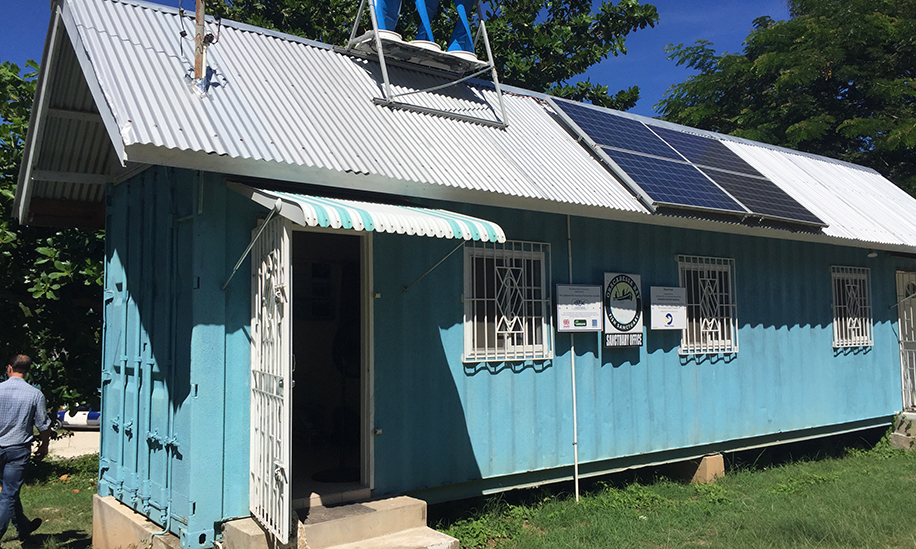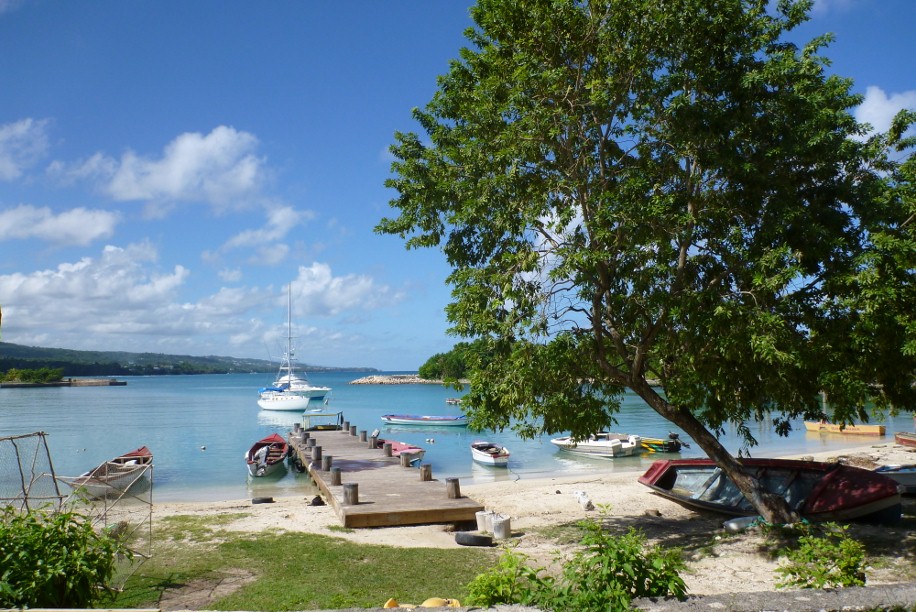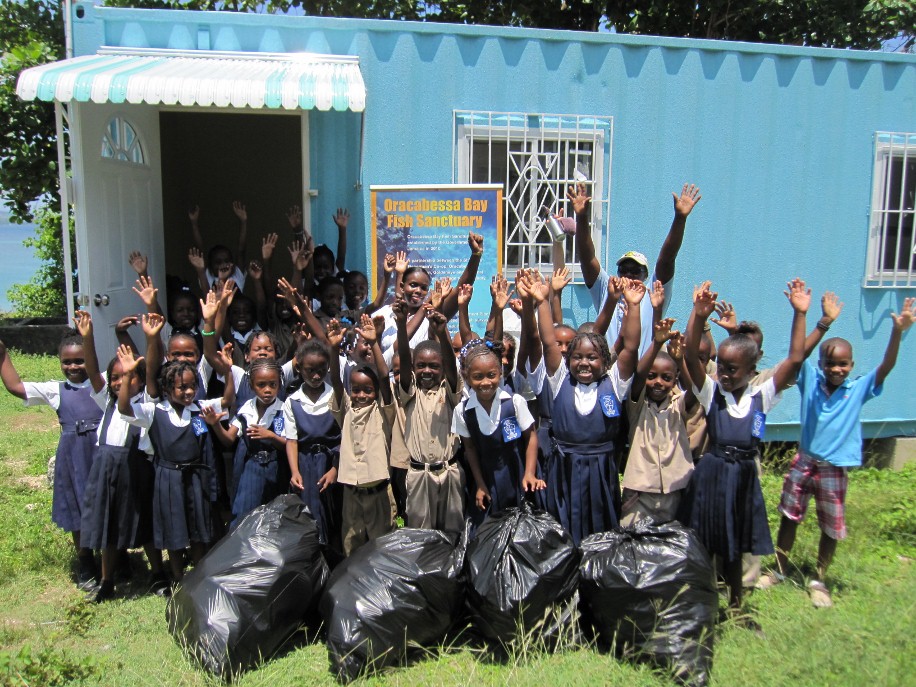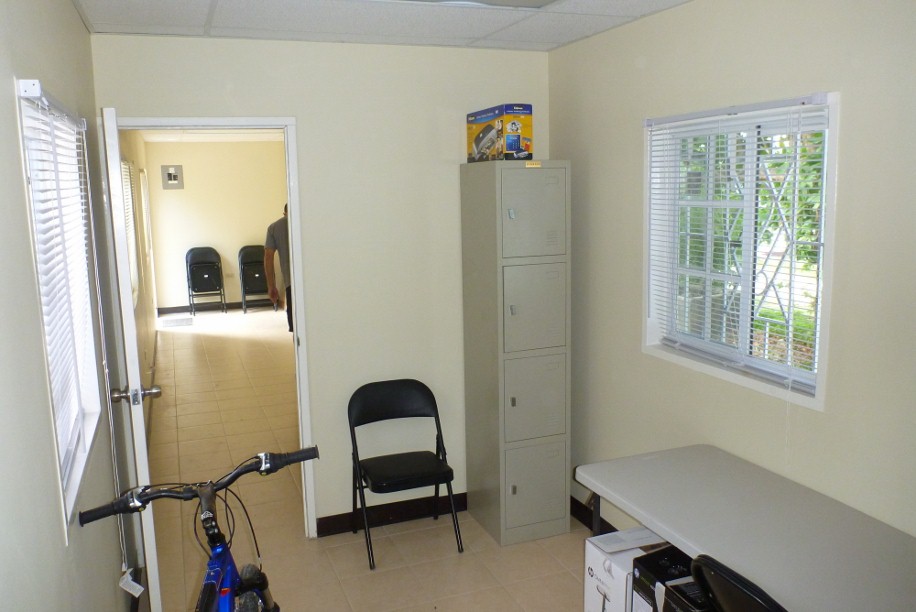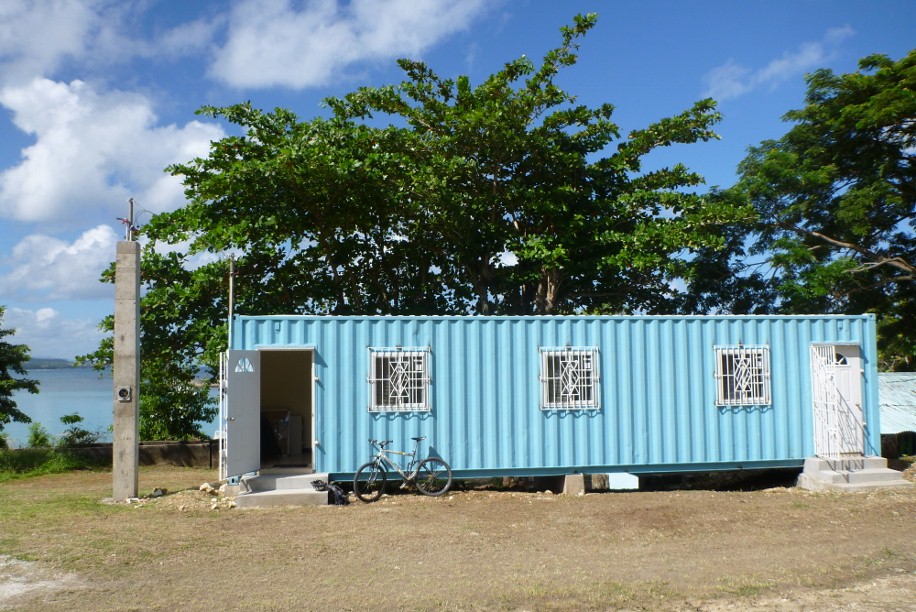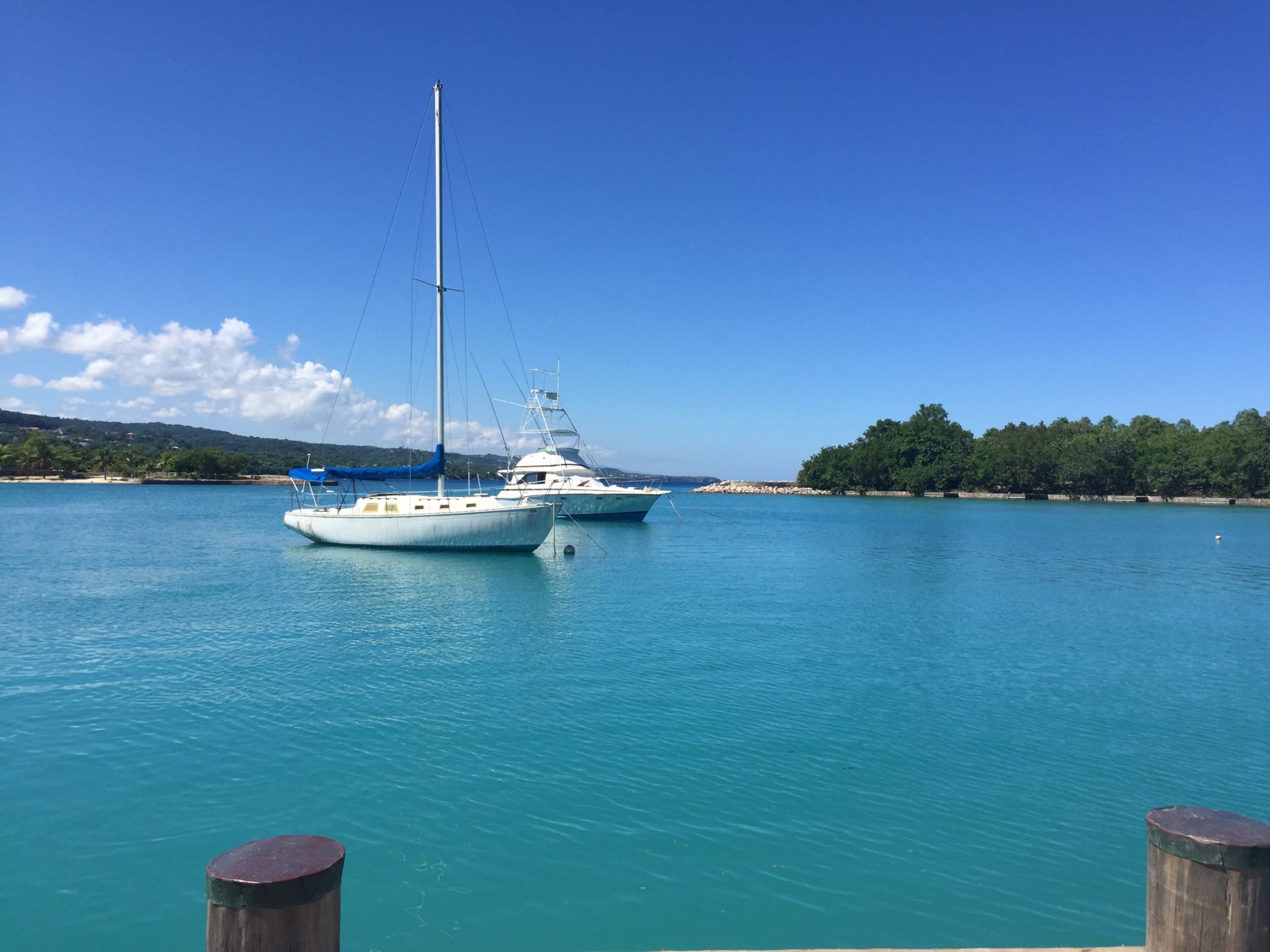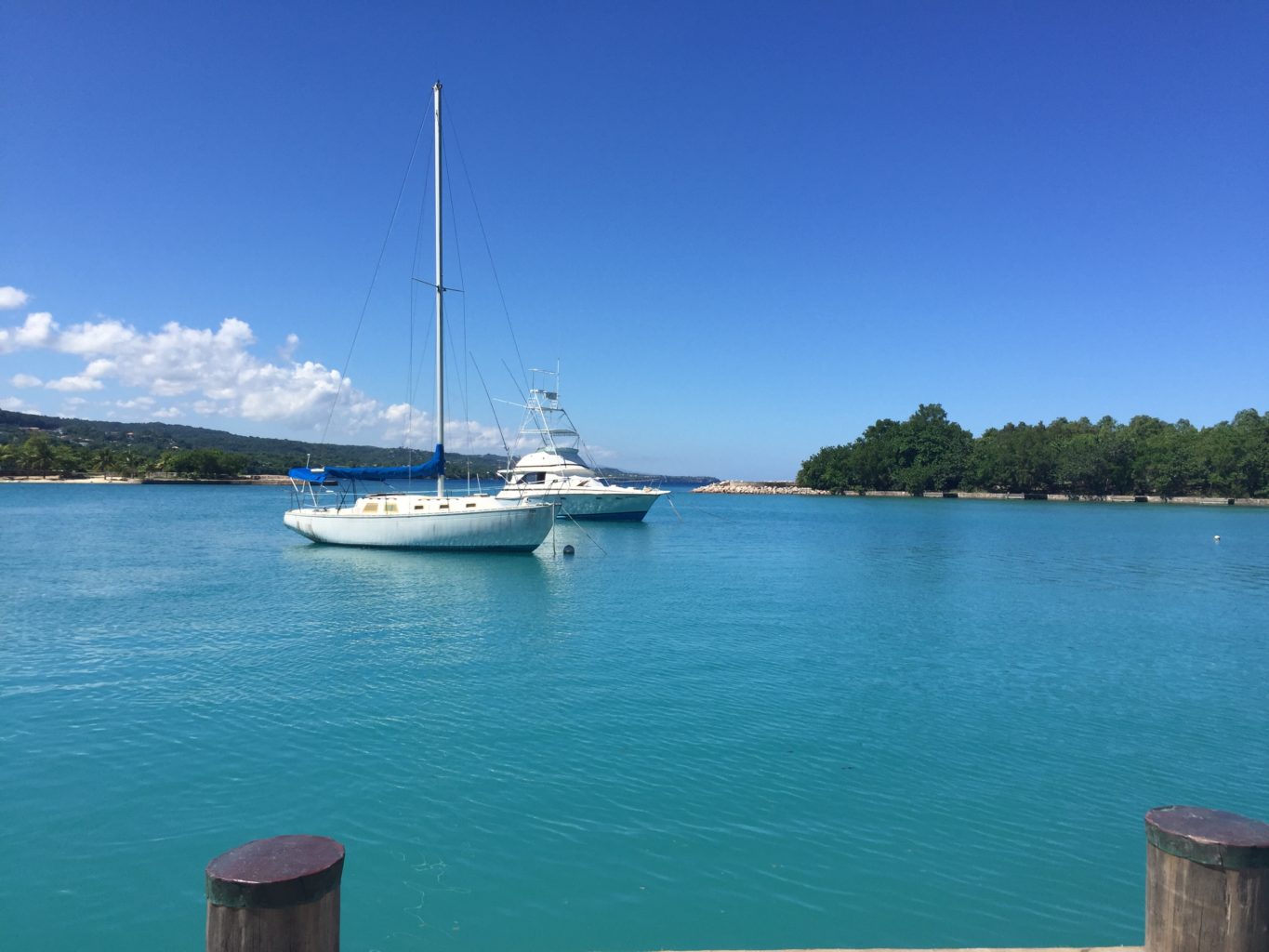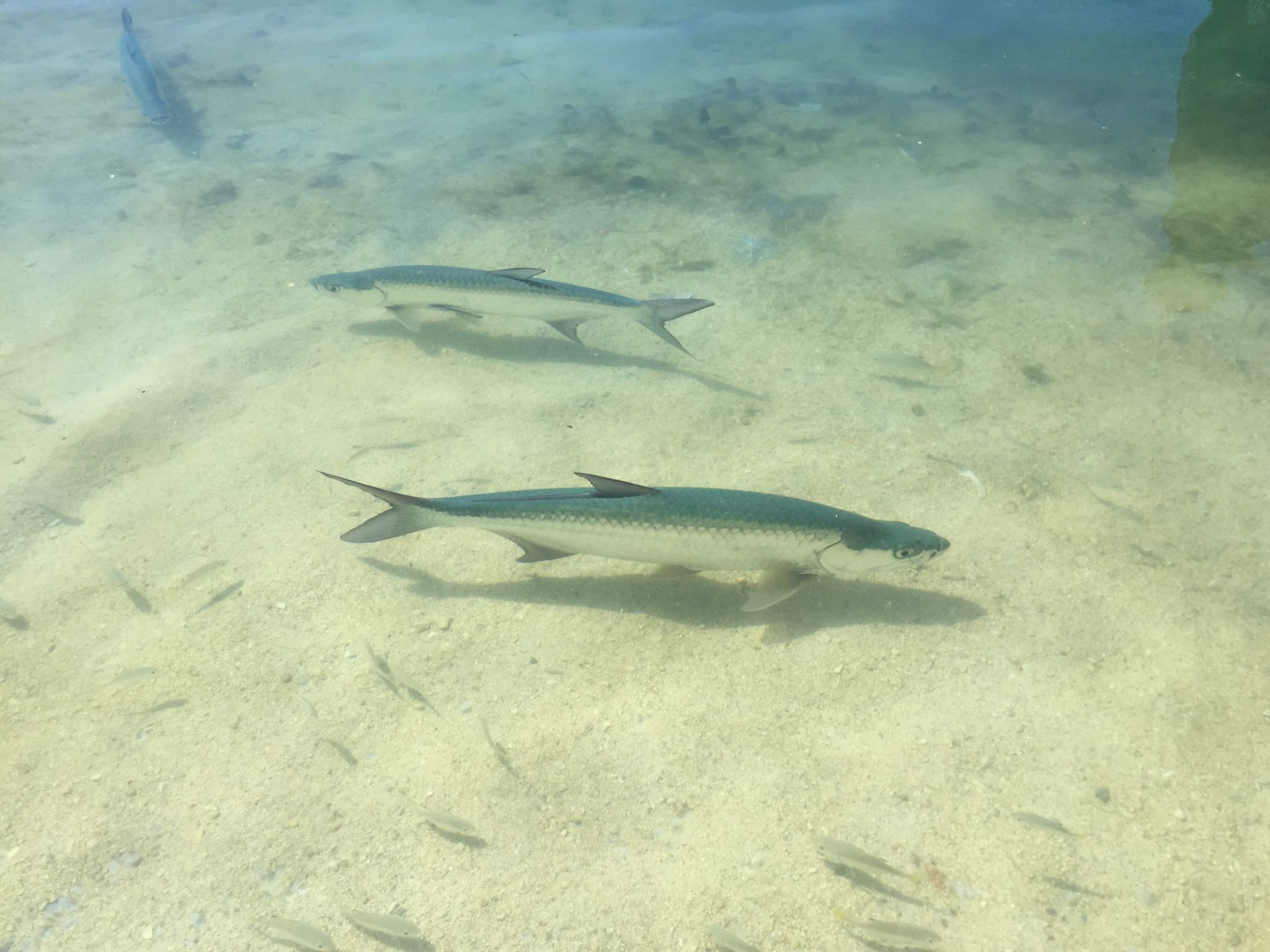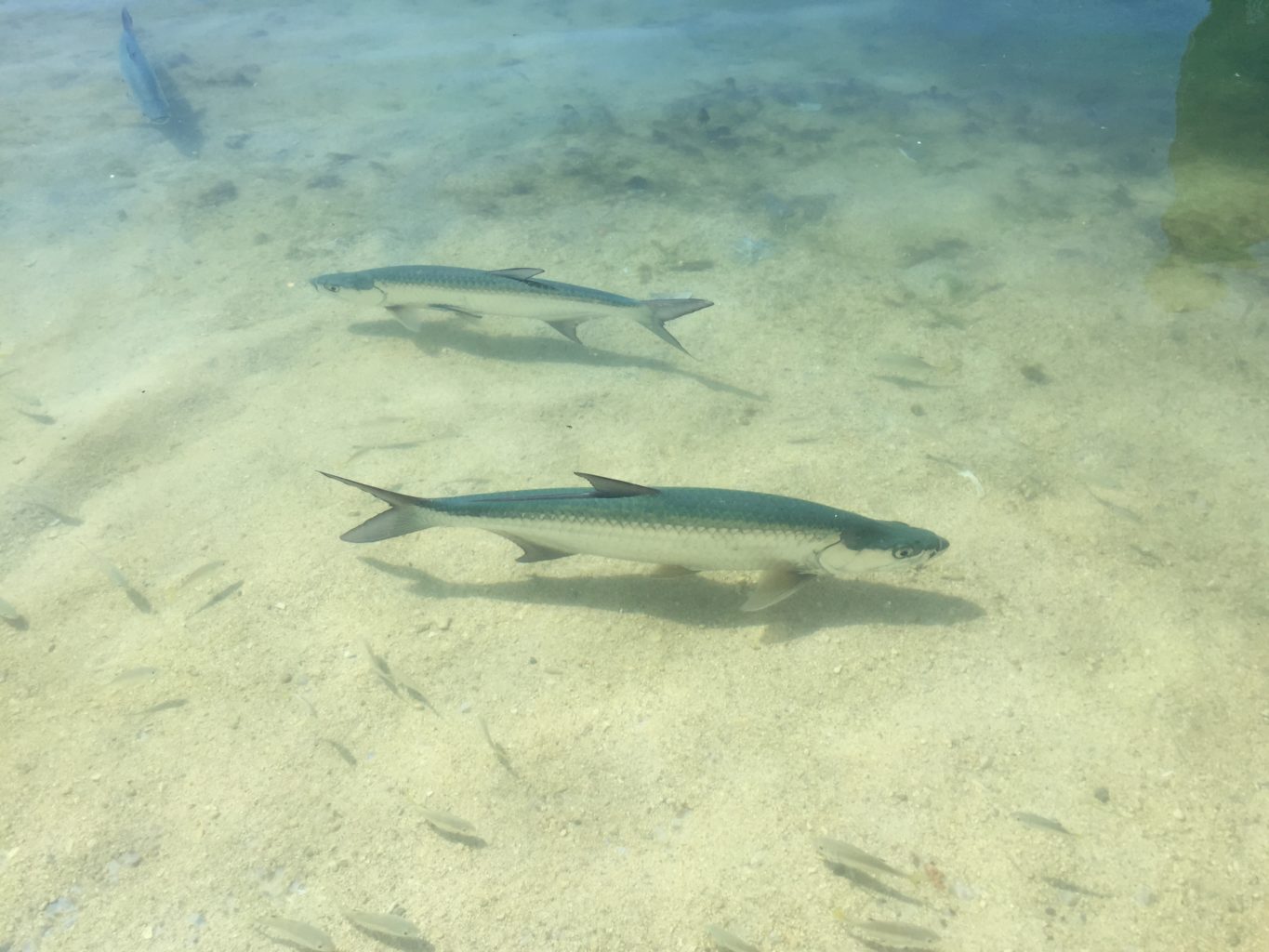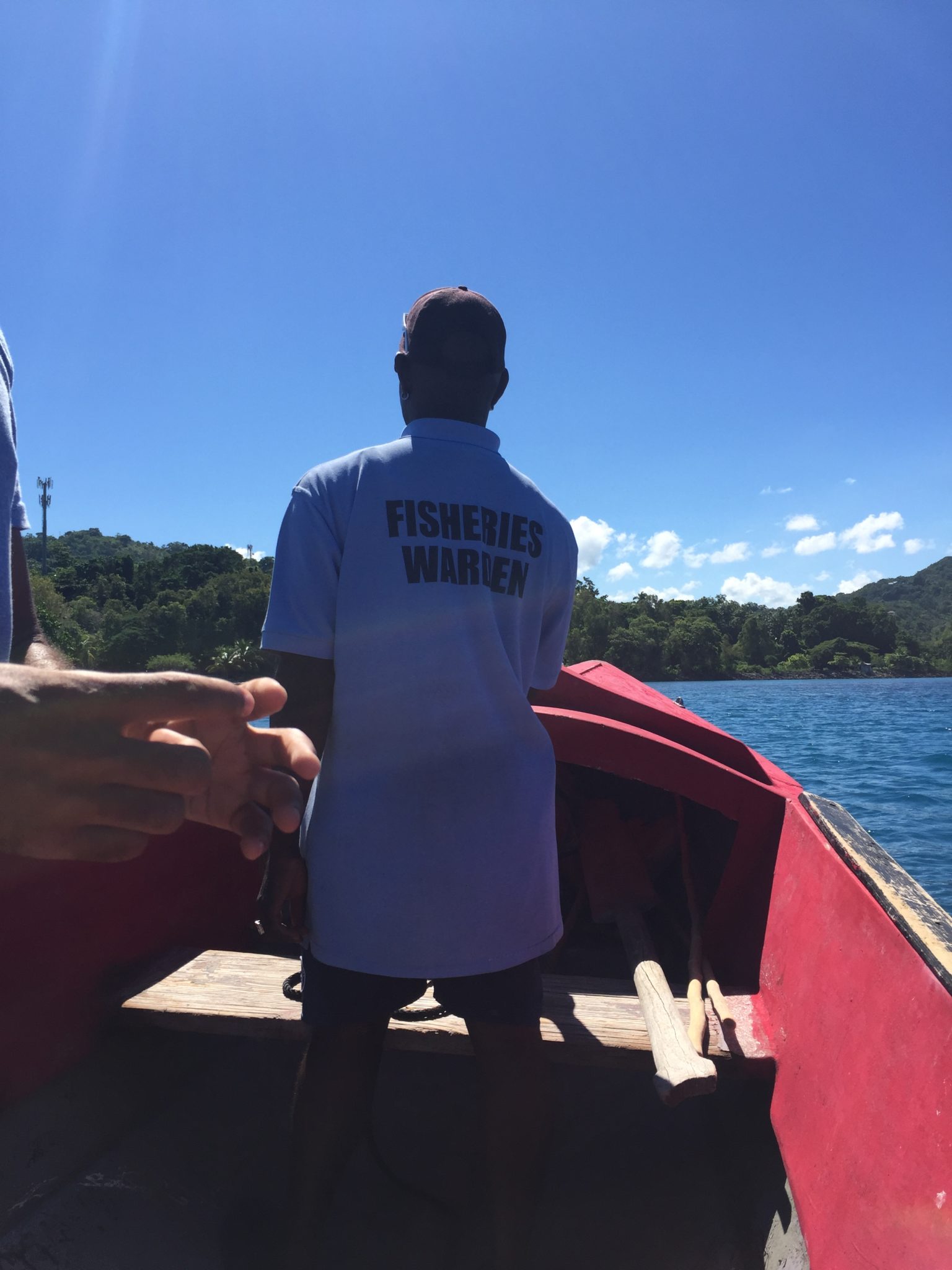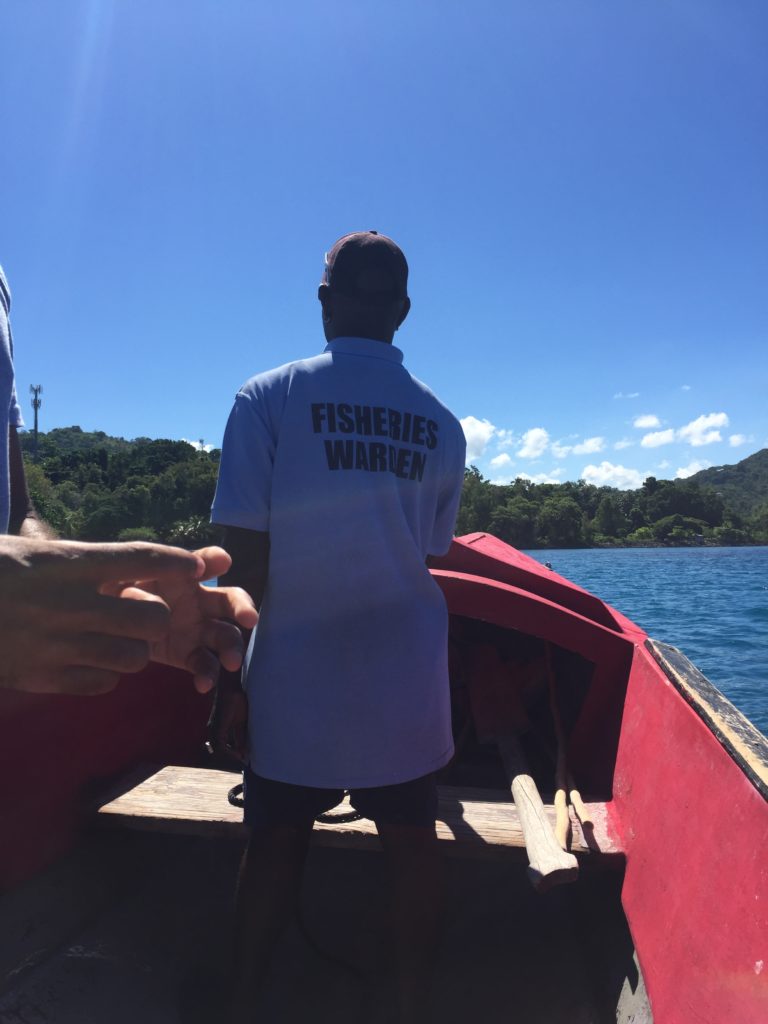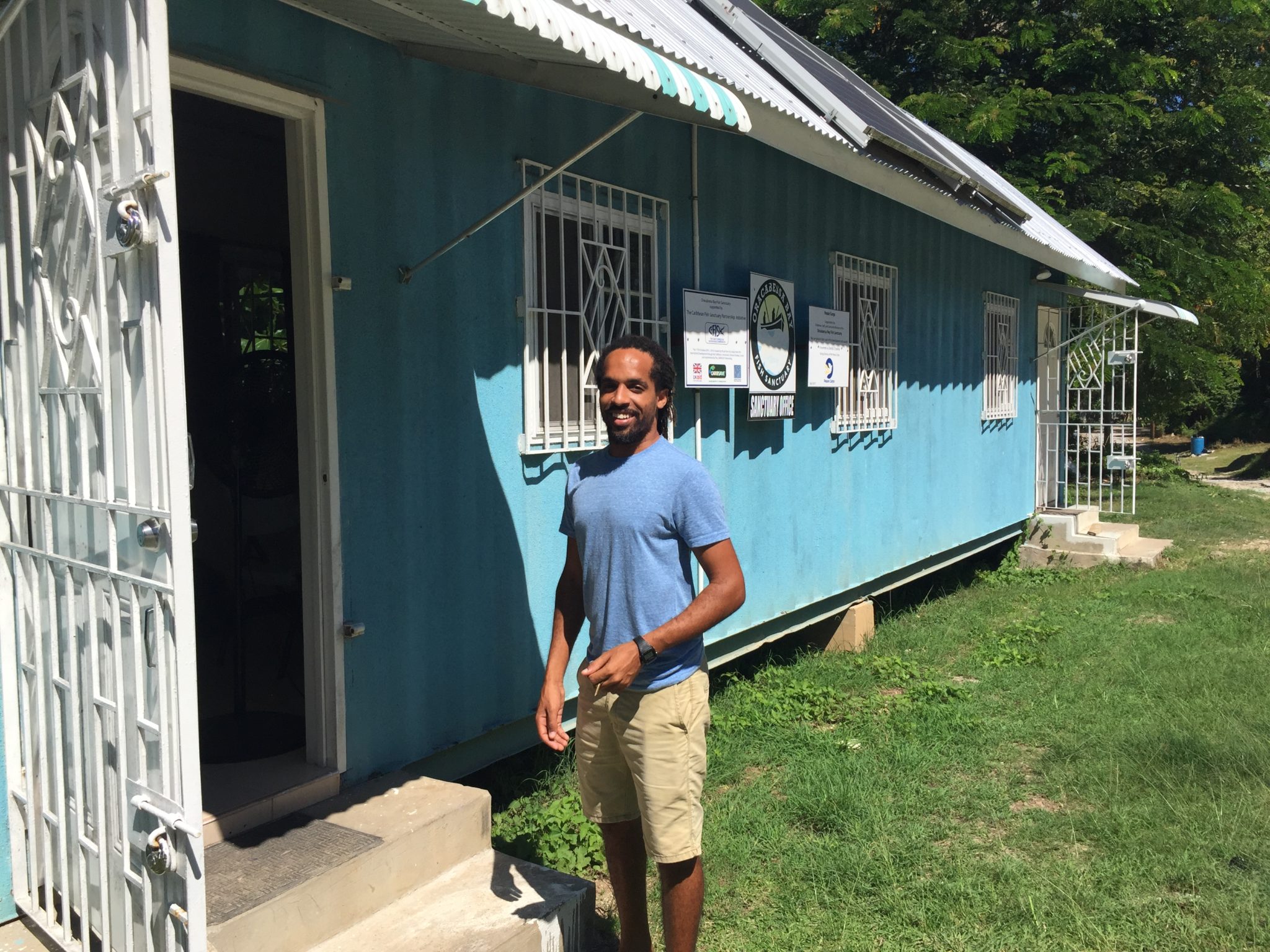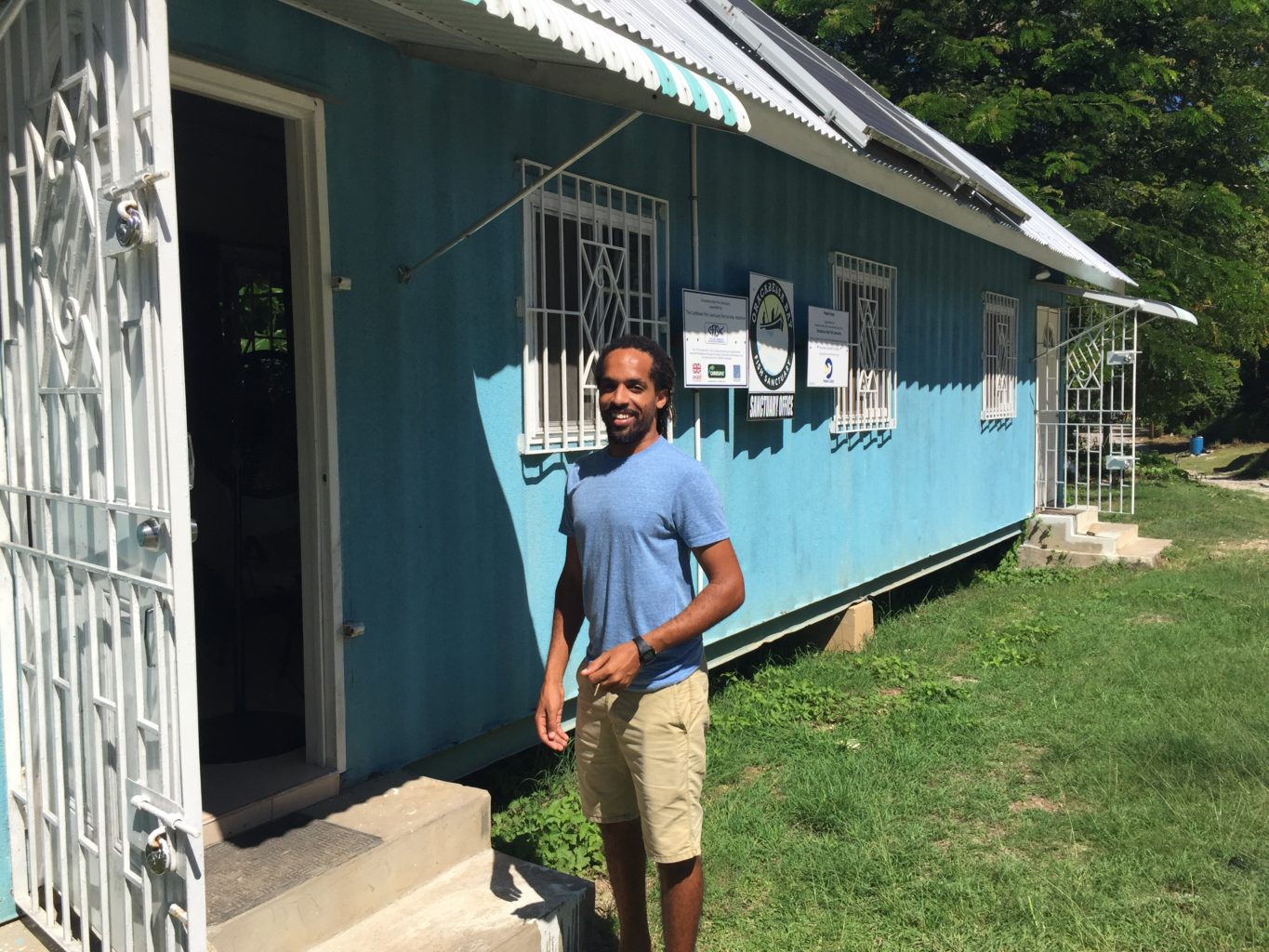The Oracabessa Bay Fish Sanctuary is a collaborative project between the local fishermens’ cooperative and the Oracabessa Foundation. Realizing that fish stocks were rapidly declining, the fishermen reached out to the foundation. Oracabessa Bay is an important fish breeding area. Its plentiful mangroves and estuarine areas provide nursery habitat that is perfect for fish – if they are given a bit of breathing room to grow and reproduce. Since 2008, the cooperative and the foundation have worked side by side to move the sanctuary from concept to reality. The sanctuary is now operational. Six wardens, all local fishermen, work in rotation to provide coverage.
Seacology is funding a building that will serve as the headquarters for sanctuary operations. Like the Seacology-funded field office and barracks at Jamaica’s Portland Bight Protected Area, this building will be constructed from modified shipping containers. It will serve as a focal point for sanctuary administration and provide storage for field and scientific equipment.



